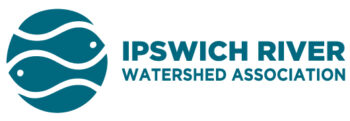
There has been an abundance of rainfall this season and the river looks very healthy, with clear, flowing water in most places, but droughts and seasonal low flows can still have a lasting impact on river life. Fortunately, we work with a group of dedicated volunteers to sample river life annually to see what the status of river life is presently and to monitor trends over time.
An aquatic life monitoring program was established in the past to understand the impact of chronic low flows on river life. This is performed by sampling aquatic macroinvertebrates (aquatic insects and other small invertebrates visible to the naked eye), that spend part or all of their life cycle in rivers and streams, especially riffle zones that have rocky habitat and higher oxygen levels. These are also ideal places for fish to thrive, because the insects that should be abundant are a vital food source. When there is not enough flowing water, the abundance of aquatic insects will decline and may not fully recover when flows return. The fish population will shift to those that can tolerate conditions in pooled sections of river that are more pond-like, with warmer water and less food than a flowing river.
We held our annual macroinvertebrate monitor training at Winthrop St. in Ipswich on October 13th. There were local residents with an interest in the project and students from Triton Regional High School. Sampling takes place at 9 fixed sites across the watershed at wade-able riffles on the Ipswich River and several major tributaries. Another event will take place in late fall or winter to sort and identify the specimens, followed by data analysis. Keep an eye on our events page for future sampling events or contact Programs Coordinator, Ryan O’Donnell to be included on program volunteer announcements.
[blog_subscription_form title=”Subscribe For More River Updates”]
